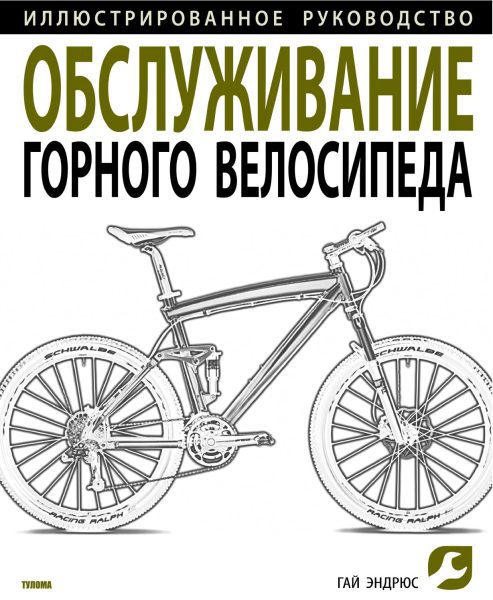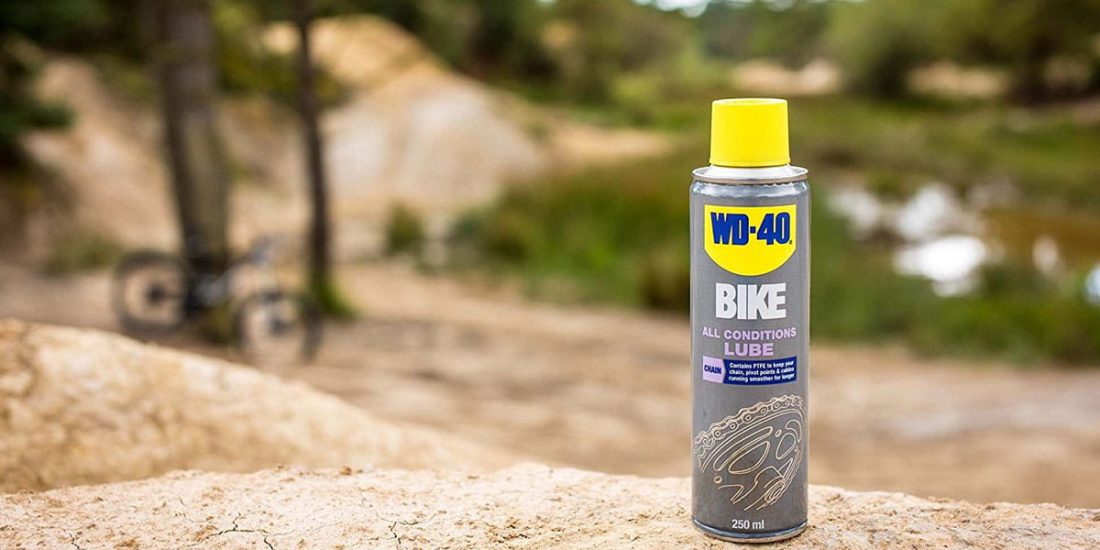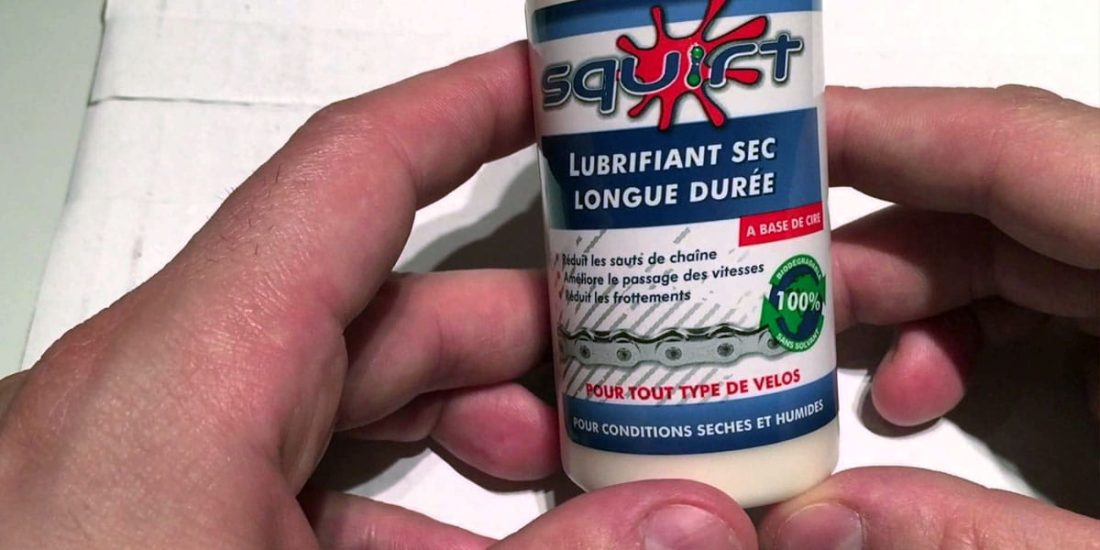
The Solution to Eliminate the Painful Squeak of Your Mountain Bike
Content
When you are driving, it is very unpleasant to hear sounds, squeaks, clicks, squeaks and other squeaks coming from the ATV.
Are you ready to fix the problem? Put your bike on a stand in a workshop and we'll go over the best tips and tricks to help make noise a thing of the past.
A good bike is a bike with good lubrication
For some noises, simply tightening a bolt, screw, or lubricating the chain may be the solution. However, other noises may force you to be more assertive and move on. Let us be clear right away that your goal, what you really want to hear while walking, is the soft sound of your tires on the ground and the soft melody of the chain that drives the cassette sprockets.
Squeaks and noises are most often caused by lack of lubrication.
Proper lubrication will keep your bike quiet. It also extends the life of your ATV and its components. For example, your chain must be lubricated regularly, and ideally before or after each use.
If, after servicing the chain, you still hear a squeak or crack from the transmission side, check that the connecting rod, pedals and crankshaft are sufficiently lubricated. In most cases, this is sufficient.
Remember to clean and lubricate the suspension pistons while you are doing this, in general they love a silicone rich lubricant to nourish the joints.
Still noises?

Some less common problems might be:
- cassette crowns that require a drop of lubricant from time to time,
- incorrect spoke tension: the spoke heads have play on the rim, or
- knitting needles rub against each other: for this you can lubricate the point of contact or stick a little tape while it stops.
Unfortunately, the transmission is not the only part of a motorcycle that squeaks when it lacks lubrication. Suspension joints and pins can also be a source of squealing if not properly cleaned, maintained and lubricated. Maintenance intervals vary by brand. Be sure to read the manufacturer's maintenance recommendations in the frame owner's manual.
Does your motorcycle scream every time you hit the brake?

There are some small tips that can help calm the Castaphiore dormant in your disc brakes.
Squeaky brakes are often misaligned brakes. That is, the caliper is not in place and rubs against the disc. To fix this issue, loosen the 2 screws holding the caliper to the frame or fork of the mountain bike to make the caliper move a bit. Squeeze the brake lever so that the pads on the rotor are pressed, and while maintaining pressure on the handle, carefully tighten the screws.
Try using organic pads rather than metal ones (see our guide), this can help reduce or even eliminate noise, as well as increase (more gradual) comfortable braking. However, organic pads wear out faster and withstand heat less well on long descents, which reduces braking performance.
Hint if your (hydraulic) disc brakes squeak:
- Removing the wheel
- Take off the pads,
- Brake (carefully, not pushing out the piston),
- Retract the piston with a flat screwdriver,
- Repeat several times until the piston retracts by itself by the hydraulic spring.
- If repeating the maneuvers does not work, lubricate the visible part of the piston and start again several times,
- If this is not enough: remove the piston to polish it and reassemble it with lubricant, but it will be necessary to add brake fluid and bleed the system!
- In case of further breakdown, the caliper must be replaced.
Contamination of the rotor or pads with grease can also be the source of the problem. Before buying a new disc and replacing pads, try sanding the pads lightly and placing the disc in the dishwasher, then light switch to eye cloth (organic platelet sandpaper). The heat from the wash will help remove dirt from the plate (you can also clean it with isopropyl alcohol or degreaser), and the “scraping” will remove the thin top layer of the plate. The surface of the pad will be rougher, which will improve the braking performance.
Also remember to degrease the discs with acetone, isopropyl alcohol, or brake cleaner.
What about nuts?
It is also necessary to regularly check the tightness of bolts and nuts. It is extremely important to adhere to the manufacturer's torque specifications, especially for carbon components. Loose bolts can make noise, but worse, it can be very dangerous.
Most often, the screws that create noise are unscrewed:
- cap on top of the gallows,
- tightening the gearshift suspension,
- tightening the brake caliper,
- axles of wheels or suspension.
Tightening them according to the manufacturer's recommendations will help keep your bike quiet (a torque wrench may be required).
Another source of noise that needs to be checked are cable clamps or hydraulic jackets. Use quick-release clamps to hold the conduit together so that the cables do not rub against each other or against the frame. Hinged cable ties (clasps) are provided to facilitate cable maintenance.
How to remove chain noise on the frame?
If you are using a guide bar and are tired of hearing your chain click inside the bar, you can eliminate the noise by flattening the inside of the bar with the soft side of the Velcro.
To protect the frame from metal-to-metal (or metal-to-carbon) contact with the chain striking the frame during descents, installing a frame protector will prevent frame scratches and reduce noise (old inner tube is held in place with clamps, will do too).
Noises from rocks?
Who hasn't had to deal with a rock or boulder crashing into the frame tube during a fast descent? A downtube tread is a great investment (or in scrap mode, an old cut tire): it prevents cosmetic damage while reducing the horrendous noise from rock hitting your frame.
Thanks for the ratchet switch!
We can thank the bicycle industry for inventing the ratchet derailleur. The mechanism allows you to play with precise chain tension, which not only reduces noise, but also helps to avoid derailment. The derailleur cable may begin to sag when in use, but most derailleurs have an adjusting screw to increase the tension the derailleur puts on the chain.
Take the time to do some simple maintenance or apply these few tips to reduce noise and also extend the life of your bike. Take care of your bike and it will take care of you!
Our product recommendations

To get rid of the noise, check out these brands we've tested and approved:
- Squirtlube 😍
- WD-40
- Muc-Off
- Monkey Sauce
- Lubes Juice
